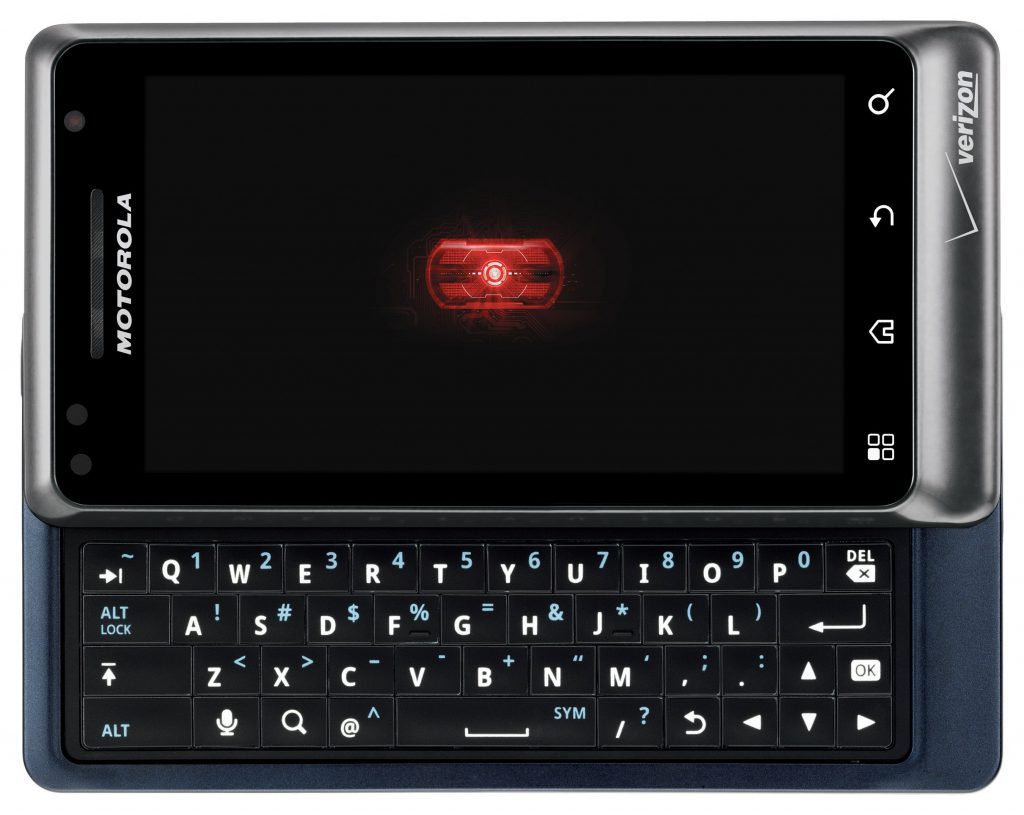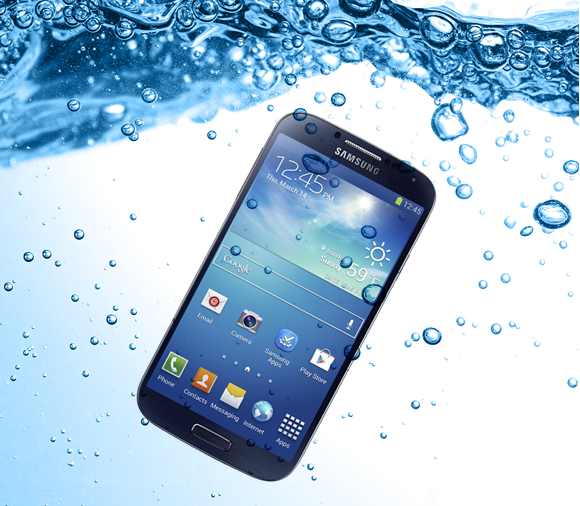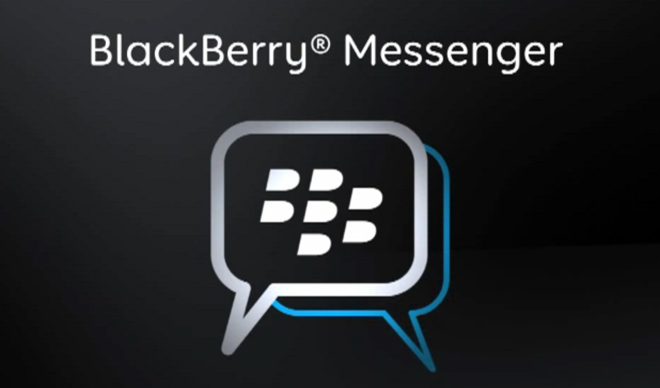It’s been 8 years since the first generation iPhone arrived and introduced the piece of technology that built empires and ruined concerts. We’ve learned a lot in that time, iterating on the basic concept of the black mirror to the devices we have today. Of course, along the way, not every smartphone feature we thought was going to be a game-changer turned out that way. Here’s a look back on five features that we thought would make waves, but ended up just a blip in smartphone feature history.
1. Physical Keyboards
This one still gets some of us, right in our thumbs. At first, it seemed like a big screen and a physical keyboard was the perfect marriage of smartphone design. After all, you have the best of both worlds: a huge touchscreen display along with the tactile input device that we’re all familiar with. Playing Tetris or typing emails was a breeze, and owners of the original Motorola Droid scoffed at iPhone users who had to struggle to type even a single line of text.

Alas, as app design improved and built themselves around the touchscreen, the keyboard just became an additional weight and cost to add on to phones. These days, you’d be hard pressed to find a quality smartphone sporting a QWERTY. While this made phones lighter and arguably simpler to use, we still lament the loss of the physical keyboard whenever we type something longer than a tweet.
2. Alternate Browsers
Kids today might rarely use a mobile web browser since apps have become self-sustaining ecosystems. After all, once you’re in Facebook or Twitter, external links can be opened up within the app. This wasn’t always the case, and the mobile web browser was a hugely important part of the smartphone experience as it was still the portal to the web back then.

But both Safari and Android’s web browser (Chrome didn’t exist as an app back then) were pretty bad, and developers capitalized on this fact. Alternate browsers such as Dolphin and Mercury Browser popped up and were pretty popular for a while, offering a better experience than stock browsers. These days, Chrome and Safari enjoy the majority of traffic on mobile and if you want an alternate browser, it might be Firefox or Opera. While “indi” browsers still exist, the number of users and their popularity on apps stores have fallen sharply.
3. Waterproofing
For a hot second there, waterproof smartphones seemed like the next big thing. And why not? So many phones die a watery death in toilets, right? While certain models have tested the waters over the years, Samsung built in this feature into their flagship phone just a couple years ago. The Galaxy S5 was waterproof, and it was one of the killer features in this supposed “iPhone killer.”

Then, it was gone. The very next model in the Galaxy line rolled back this feature and relegated it to their “Active” line, much like other smartphone manufacturers have regularly done. Apparently, it wasn’t such an in-demand feature to keep it a mainstay of smartphone design. Odd, since people are still dropping them into toilets today.
4. BBM (BlackBerry Messenger)
There was a time when BlackBerry ruled the business world and even the White House, and a huge part of that was BlackBerry Messenger. It was simple, it was fast (see item #1!), and most of all it was reliable. The messenger system was considered a better form of texting, and executives absolutely loved this feature which almost single-handedly kept BlackBerry alive for many years.

Then texts got a lot better, because that’s where the masses actually were since BBM was proprietary. And iPhone had their own messaging system. And then Facebook. And Twitter of course. Eventually there were (and is) too many ways to message your friends, family, and colleagues, and BlackBerry lost their golden goose. But for a while, it was truly a killer feature.
5. QR Codes
Could there be any other feature that failed so spectacularly? QR Codes were hailed as THE way to merge the physical world to the mobile world in your pocket. Every poster, package, and food container had that weird pixelated square that made you have to pull out your phone, fire up a QR app, take a picture, wait for it to scan, which then opens up your mobile browser, which took you to the website of whatever you scanned thirty seconds ago.

They still exist, but you don’t use them. Today, they seem like digital fossils that hearken back to a time when marketers thought all it would take was a sticker to capture and count mobile traffic (wouldn’t that have been nice!). Every year there seems to be a QR Code comeback story, but let’s face it: it’s just never going to happen.
Some memorable mentions of other features that were never as big as we thought they’d be:
- SD Cards – iPhone opponents said the lack of expandable memory is a deal-breaker. They still do. But as internal memory expands (and shrinks in cost), that has never been a huge hurdle for the masses.
- Removable Battery – Even flagship Android phones like the Nexus line have done away with this feature. Everyone who wants more power can get a cheap external battery these days.
- Wireless Charging – Everyone would be happy with it, but it’s never been a huge deal not to have.






